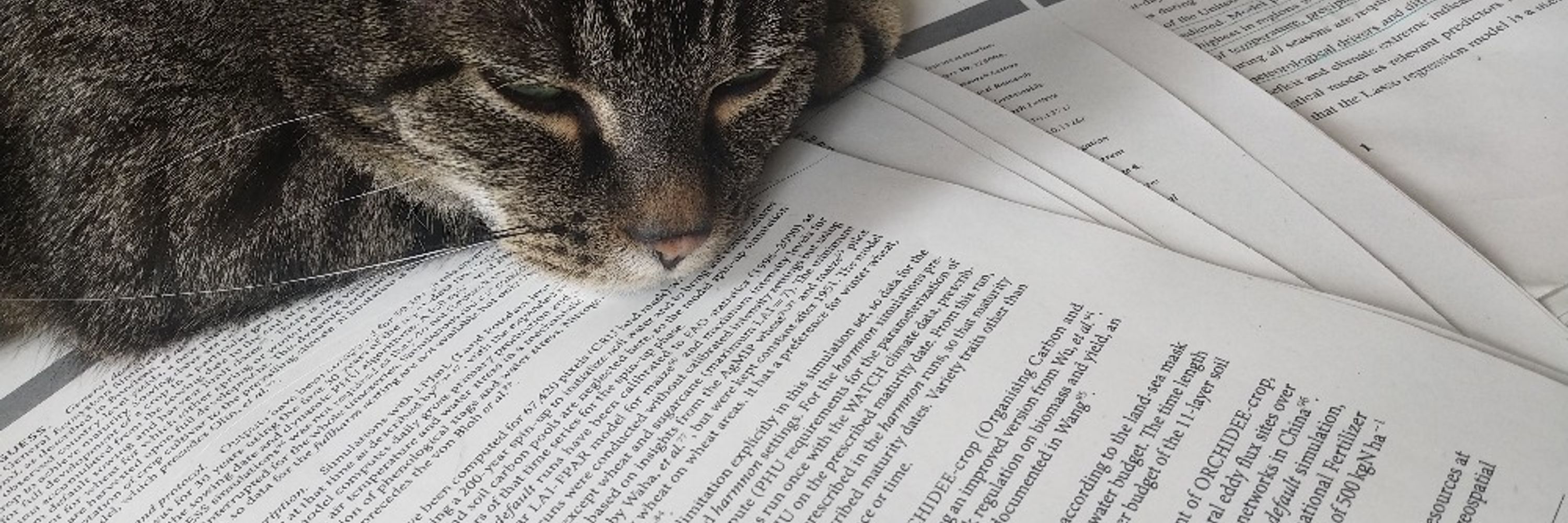Lily-belle Sweet
@lilybellesweet.bsky.social
1K followers
510 following
64 posts
PhD student at UFZ - interested in explainable machine learning, agriculture and food security, compound climate events 🌾
Posts
Media
Videos
Starter Packs




